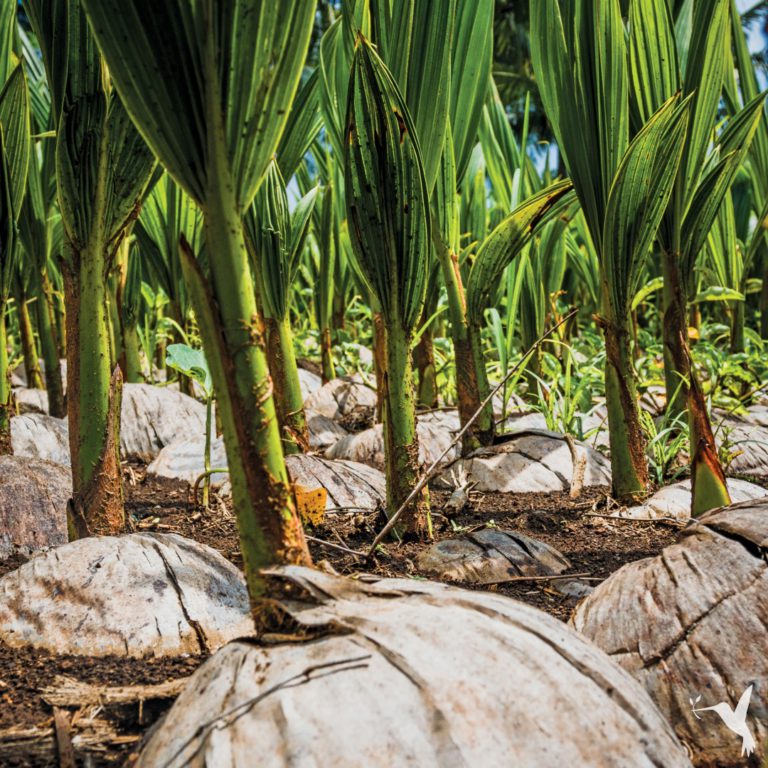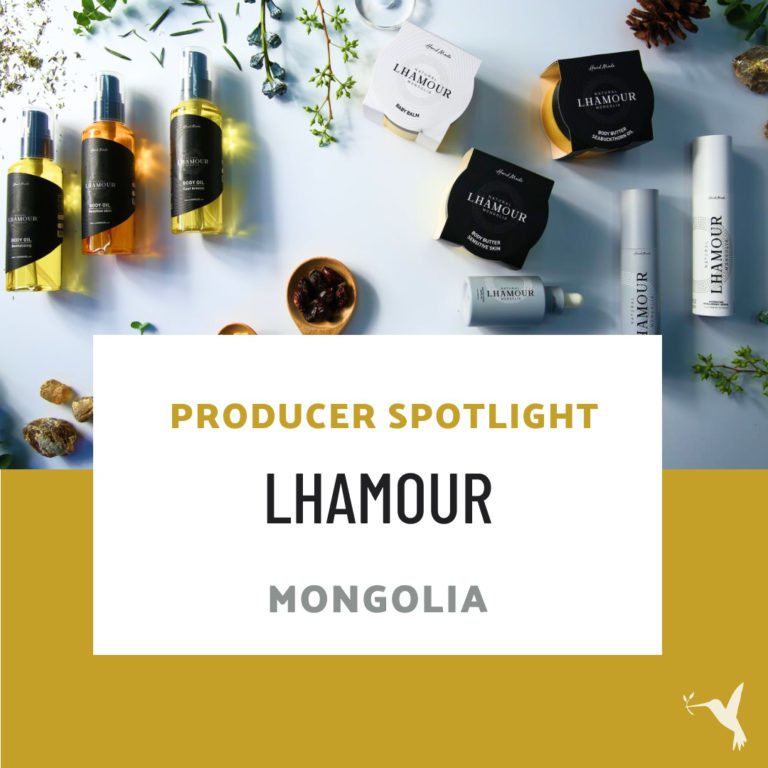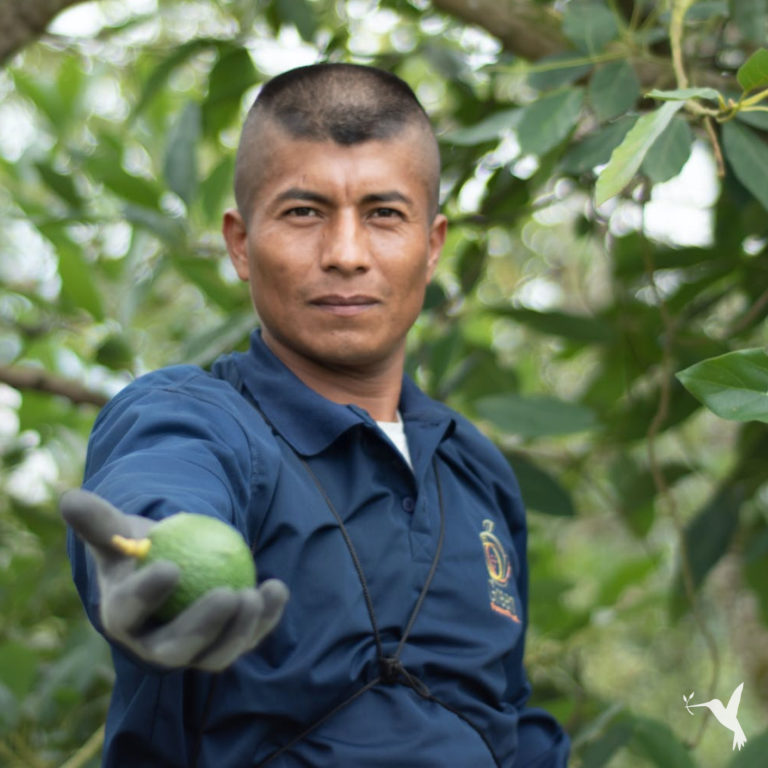Product Spotlight: Simply Natural Farms Mango
Mango Harvest Season in Panama at Simply Natural Farms

It seems that wherever I travel in the tropics there is always an abundance of mango during mango harvest season.
The mango tree produces an incredible amount of fruit each year. Perhaps 1,000 pieces on a mature mango tree. This is also the case of Simply Natural Farms and their mango.
Furthermore, most of the mango I come across in the tropics is not the product of agricultural operations. This mango grows wild, the result of people and wild animals moving seeds, local community members planting trees years ago, which continue to thrive.
The mangos that are exported and end up on supermarket shelves or in packaged products come almost entirely from cultivated mango orchards. The documentation, traceability, and quality control of wild mangos makes it different to commercialize them for international markets.
Mango Waste
During mango season, there are way more mangos available than people know what to do with! Thus, it’s not uncommon to see perfectly good organic mangos fall to the ground beneath the tree.
As a foreigner who pays $3 for an organic mango in the United States, it is a hard pill to swallow to see all those “wasted” mangos. To the locals in Panama, however, this “waste” is actually an issue because it can create sanitary and cleanliness issues for towns and cities.
In this case, one man’s trash is another man’s treasure.
I took some photos of Simply Natural mangoes when touring Simply Natural Farms during harvest season. All the mango trees on the farm are maintained using proper organic horticultural practices.
It is interesting to see the difference in the size and quality of fruit from the cultivated Simply Natural mangoes versus the wild ones. Wild mango often contains a lot of fibers, and doesn’t taste as sweet, making it less appealing for consumption than the more well known Kent, Tommy, and Keit varieties.
Check out Simply Natural Farms’ producer profile and website to learn more!


